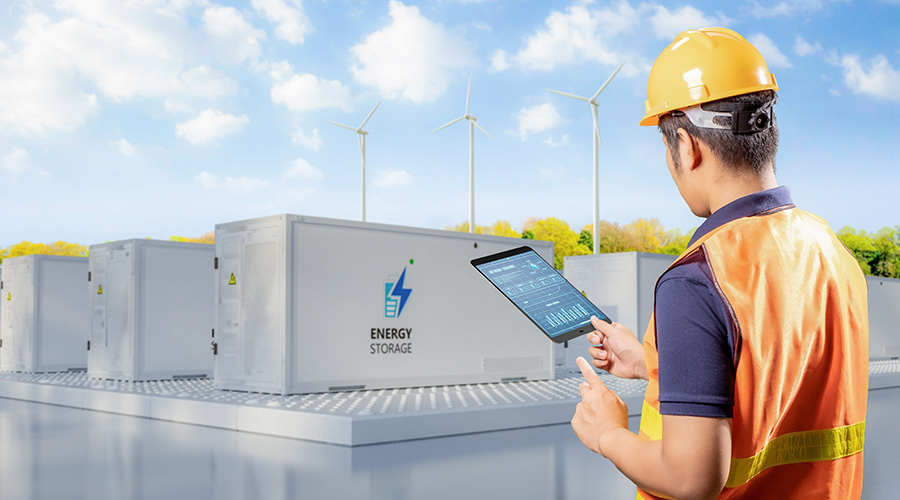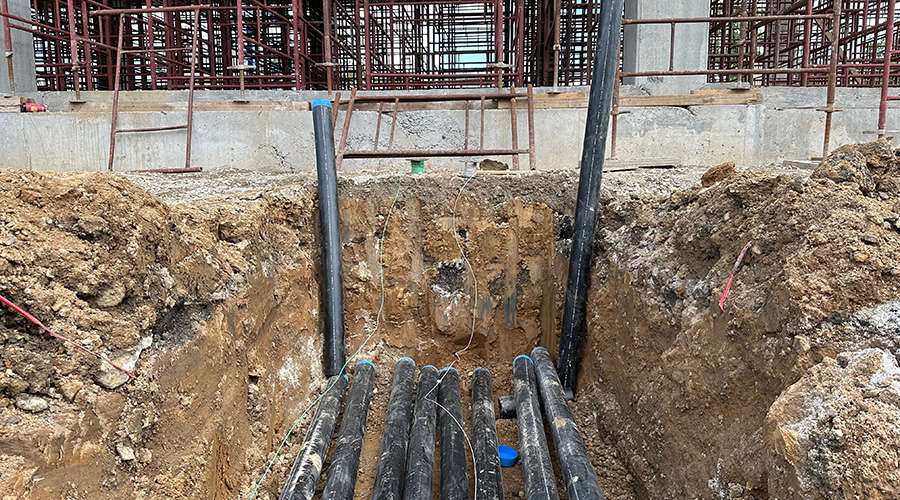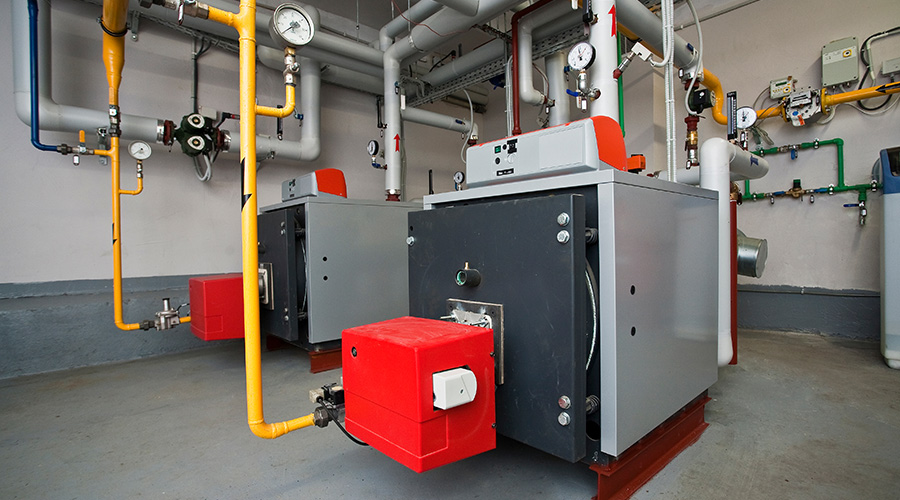Making the Case for Ground Source Heat Pumps
Emerging technology offers owners and managers a range of benefits related to energy efficiency and sustainability.
By Dan Hounsell, Senior Editor
As facility executives and managers continue the search for opportunities to curtail energy use in their facilities and lower their greenhouse gas emissions, attention is growing on an emerging technology — ground source heat pumps — that offers a range of potential benefits. The technology attracted a great deal of attention at the recent AHR conference in Orlando.
“The ground source heat pump industry is a mature technology for efficient heating and cooling of commercial buildings today,” says Greg Kurtz, technical director with the International Ground Source Heat Pump Association, in his AHR session. “These systems can be implemented in new construction or retroactively to existing buildings; and can work in both urban and rural environments.”
Ground source — or geothermal — heat pumps provide heating and cooling by using the ground as a heat sink to absorb excess heat when the aboveground temperatures are warmer and as a heat source when aboveground temperatures are cooler. The pumps use the constant temperature of the shallow earth wherever the ground can be cost-effectively accessed to depths below seasonal temperature variations.
Increasingly, owners and managers are looking into larger-scale versions of the technology. District and community-scale geothermal heating and cooling systems use one or more underground loops to create a heating and cooling network that can use a series of heat pumps. New and different configurations of these systems are emerging in universities and communities all over the United States.
“The initial cost of a ground source heat pump system is really competitive with conventional heating and cooling systems, particularly if you can use any kind of incentives that governments are offering to help you offset the first cost,” Kurtz says. “But depending on the job and the situation and what the incentives might be available to you and your market, it could be a day one positive cash flow story to maybe 10 years to reach a return on investment.”
The financial appeal of ground source heat pumps and district energy systems includes tax incentives, Kurtz says. Commercial building owners interested in installing ground source heat pumps are eligible for tax credits under the Investment Tax Credit section 48, according to the U.S. Department of Energy. Businesses also are eligible for bonus credits of up to 30 percent total if their projects meet specific prevailing wage, domestic content or energy community requirements.
“If the equipment meets the efficiency standards, these things are all applicable to those in the states here, and it really helps with that upfront first cost,” he says. “In many cases, you apply the tax credits are out there, you can justify that loop cost day one. You can't put in conventional cheaper than geothermal.”
Beyond the financial scenarios related to ground source heat pumps, the technology also offers durability benefits to facility executives and managers.
“The product doesn't wear out," Kurtz says. “The plastics will probably last several hundred years. Honestly, I don't think we know how long the plastic will hold up in the earth, but it'll probably be more than our lifetime and then some because it's out of the UV light because it's buried in the earth. Plastics are broken down typically by UV light, and these are not seeing the sun’s UV anymore.”
As the scrutiny of ground source heat pumps and their applications in institutional and commercial facilities continues to grow, so does the awareness of challenges the technology is facing, Kurtz says. While the systems can be implemented in new construction or retroactively to existing buildings and can work in a range of settings, their deployment faces several workforce and adoption barriers.
One challenge, he says, is the slow adoption of certification and training for system designers, and inspectors for the emerging technology. The industry also needs to address both a lack of industry collaboration among stakeholders, certification bodies, educational institutions and policy makers and a lack of public awareness by the general public, which needs further knowledge and understanding to enable faster adoption to help build the needed economies of scale.
Kurtz says that as the industry addresses these challenges, facility executives and managers will be better able to assess the applicability of ground source heat pumps for their facilities’ energy efficiency and sustainability needs.
“In essence, these systems really are unlimited,” he says. “You can install them almost in any climate zone. The energy in the Earth is really inexhaustible. If we all had geothermal globally, we would not exceed the capacity that the Earth has to allow us to heat and cool our buildings. It's just an enormous amount of energy below our feet in the earth. All we need to do is tap into it and use it.”
Dan Hounsell is senior editor for the facilities market. He has more than 30 years of experience writing about facilities maintenance, engineering and management.
Related Topics:












